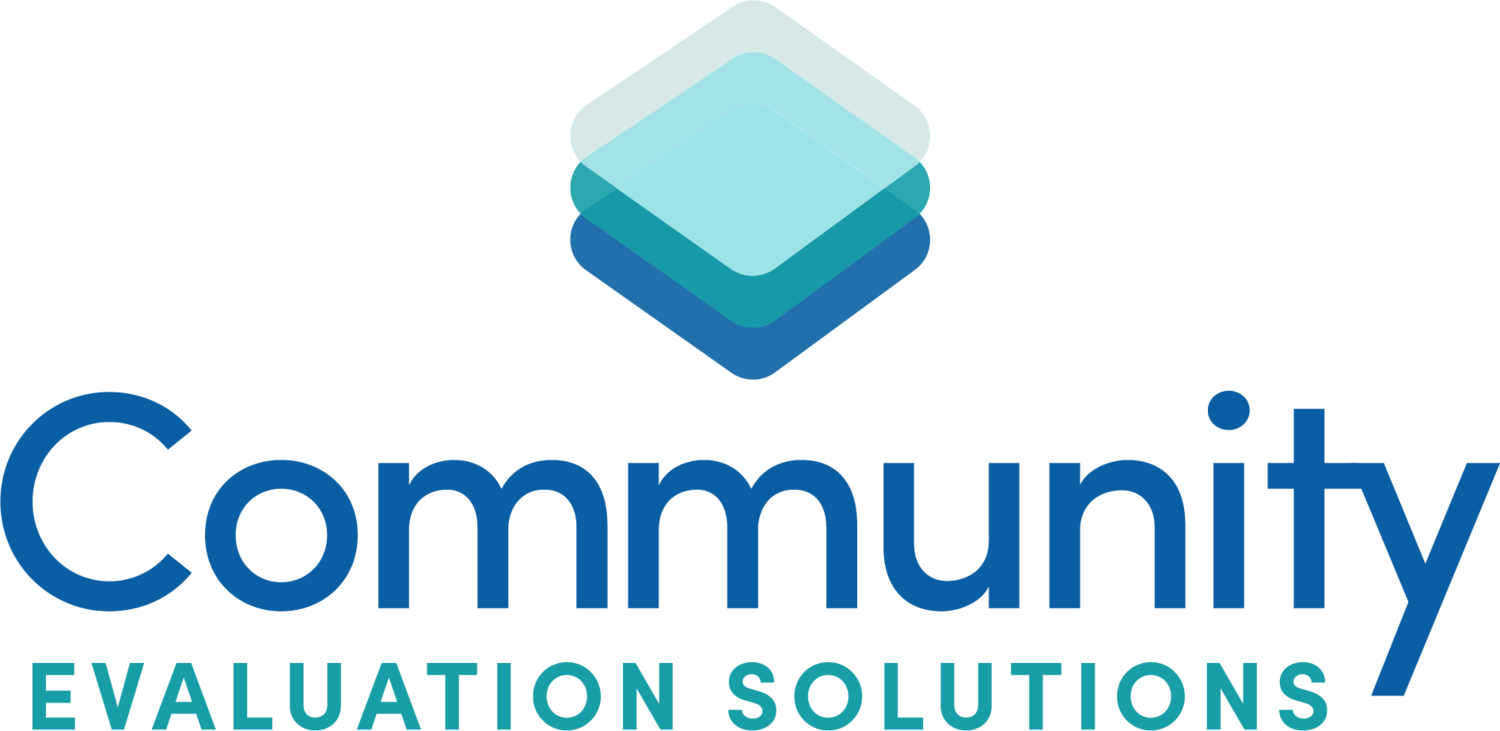Using Appreciative Inquiry to Engage Your Community
Evaluation can be a burden.
"Ouch," I said to the community health leader I was speaking to the other week.
Evaluation can be burdensome.
Too many funders and donors want data sliced and diced in So. Many. Ways.
It is no wonder why you might not love evaluation. It’s hard enough to serve your community and your clients and then on top of that, to collect, analyze, and report your outcomes. You might even be thinking it’s just all too much. And now I am expected to love evaluation?
I understand why you might feel that way.
But your organization has a story to tell. Don’t let it get buried in funder or donor requirements.
You need to start by getting clarity on what you are trying to change in your community. What is the single point of light that drives you forward? Then, you need to focus on how you tell that story.
In case you think you need a huge tech staff to get this done, let me set your mind at rest. Having that clear point of light helps you tell your story. Whether that be in an Annual Report, a success story, on a podcast, or a FaceBook Live, clarity around your mission, goals, and outcomes will help you communicate your mission and your success.
How great would feel if everything your organization did, aligned with that North Star? No more chasing every funding opportunity that you see. Imagine how it would feel if you controlled your own message? I once did a site visit with a nonprofit executive who had taken my Evaluation 101 training. She was so proud as she handed me her “before” and “after” Annual Reports. As I looked at them, I was a proud momma bear too. Her after was so good and stayed true to their mission!
You can do hard things too. Over time, you and your organization can build your evaluation capacity muscle and learn to tell your story. And not just tell your story, but use your data to learn and improve so you can better serve your communities. Isn't that what you want?
In the next few weeks, I am going to share some positive, creative, and innovative ways for you to engage your community in collecting outcomes so that you can get your community excited and get ahold of your own story. Too often our communities are only seen for their negatives. Think about how we describe them in grant applications! Spoiler alert, that does not mean that you only report + and ignore – findings. Remember, it’s all learning!
Here is Community Evaluation Solution Tip #1 for collecting your Powerful Evidence: Use Appreciative Inquiry. Appreciative Inquiry is a strengths-based change approach that focuses on the strengths of organizations or communities. It includes 4 steps:
1. Discover or inquire? What gives life? What is working in our community? Our organization?
2. Imagine. What might be? What are we being called to become?
3. Innovate. What should be? What’s next? Who will benefit?
4. Implement. Who will do what by when?
Appreciative Inquiry is an empowering technique for nonprofits, coalitions, and communities. It can be used to facilitate community discussions, to collect success stories, or to understand the results of a strategy or program.
For more information about Appreciative Inquiry, see:
Preskill H, Catsambas TT. Reframing Evaluation through Appreciative Inquiry. Thousand Oaks, CA: Sage, 2006.
How can you envision using Appreciative Inquiry in your nonprofit or community coalition? I would love to hear from you.
Take care-
Ann

